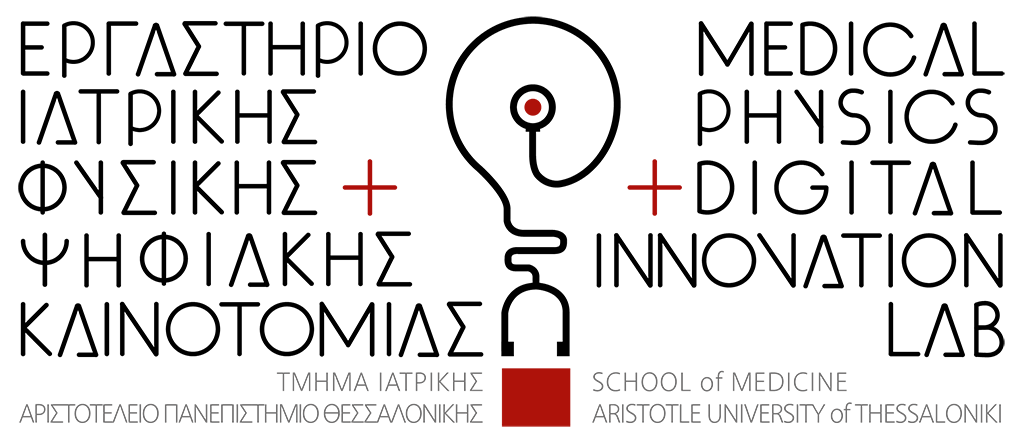- Laboratory
- Staff
- Education
-
RESEARCH
-
Research groups
- Assistive Technologies And Silver Science
- Biomedical Electronics Robotics & Devices
- Biomedical Engineering & Aerospace Neuroscience
- Health Services Research
- Medical Education Informatics
- Medical Imaging
- Neuroscience of Cognition and Affection
- Non-ionizing radiation
- Radiation Therapy Group
- Radiation Protection Group
- Projects
- PUBLICATIONS
- COVID-19
-
Research groups
- News
- Contact
- Documents

Dr Clément François, presented a very interesting study performed in adults and children, which shows that the music practice and training, enhance the sensitivity to statistical regularities in speech at behavioral and neural levels.